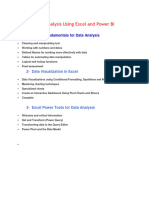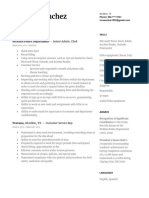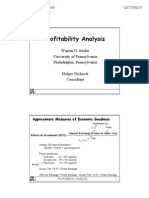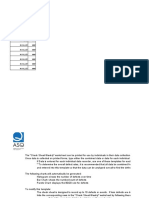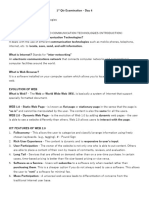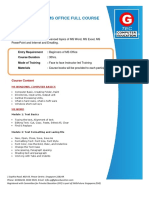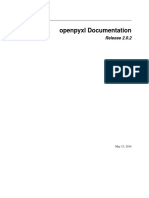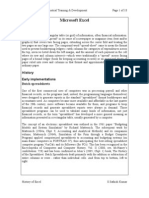0% found this document useful (0 votes)
7 views17 pagesCourse Contents v2.0
The document outlines a comprehensive training program offered by The XL Academy, covering topics in Advanced Excel, SQL Server, Tableau, and Power BI over multiple days. Each section includes specific skills and tools to be learned, such as Excel functions, SQL commands, data visualization techniques, and Power Query usage. The curriculum is designed to equip participants with practical knowledge and skills for data analysis and reporting.
Uploaded by
sadadansari675Copyright
© © All Rights Reserved
We take content rights seriously. If you suspect this is your content, claim it here.
Available Formats
Download as PDF, TXT or read online on Scribd
0% found this document useful (0 votes)
7 views17 pagesCourse Contents v2.0
The document outlines a comprehensive training program offered by The XL Academy, covering topics in Advanced Excel, SQL Server, Tableau, and Power BI over multiple days. Each section includes specific skills and tools to be learned, such as Excel functions, SQL commands, data visualization techniques, and Power Query usage. The curriculum is designed to equip participants with practical knowledge and skills for data analysis and reporting.
Uploaded by
sadadansari675Copyright
© © All Rights Reserved
We take content rights seriously. If you suspect this is your content, claim it here.
Available Formats
Download as PDF, TXT or read online on Scribd
/ 17





































